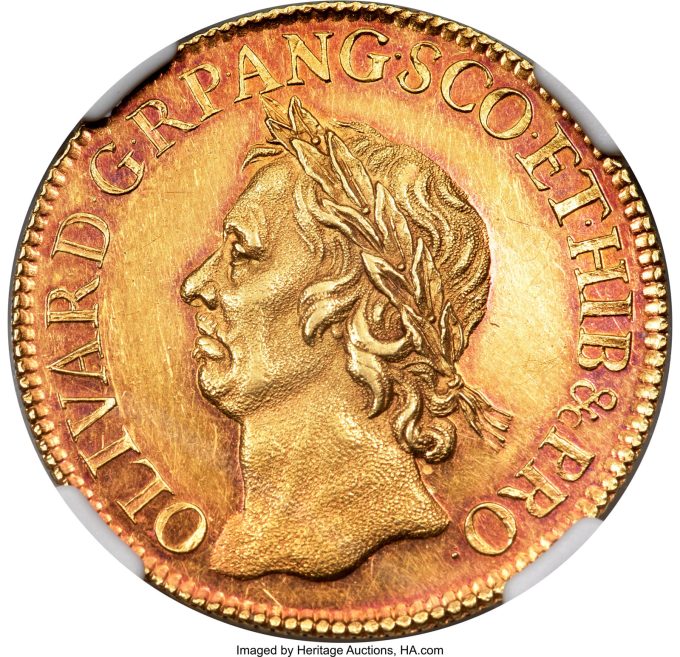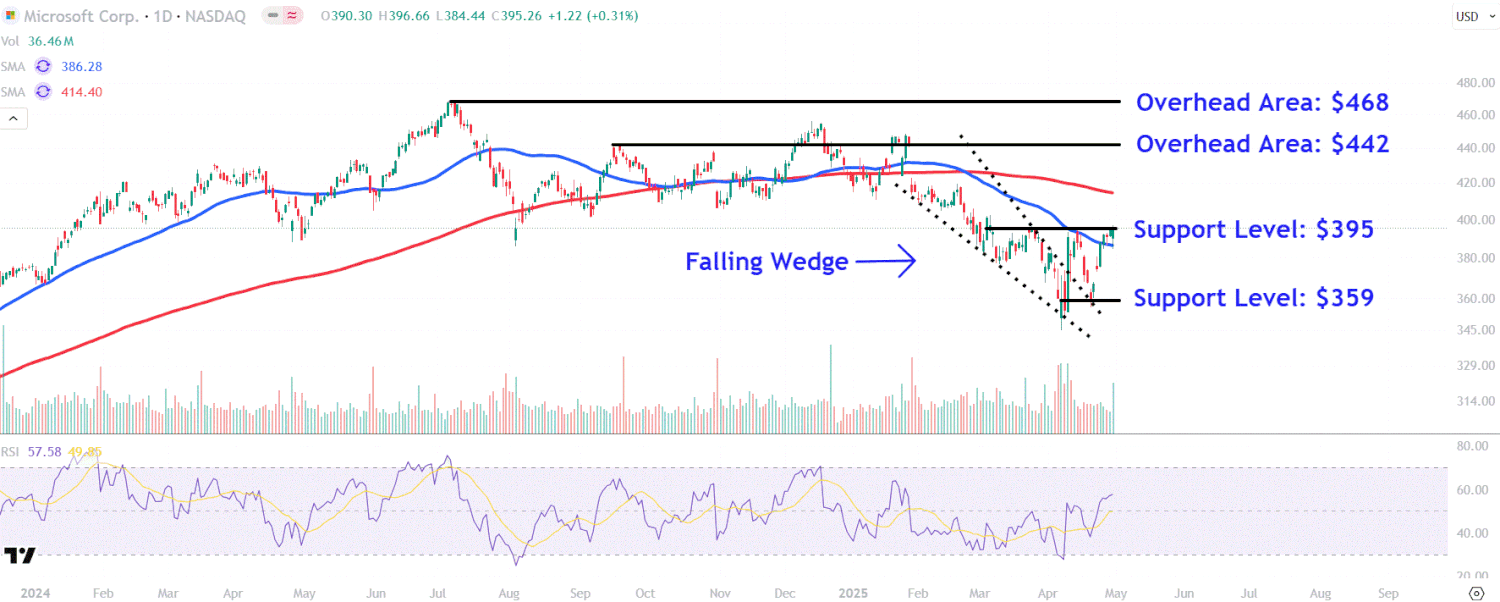Trade optimism boosts dollar – United States

Written by the Market Insights Team
The US dollar marked its third consecutive daily gain on strong dollar buying flows for month-end rebalancing, solid corporate earnings and hopes for easing trade tensions, which lifted sentiment. Investors are growing optimistic that tariff pressures may have peaked after President Trump signaled potential trade agreements with India, Japan, and South Korea while expressing confidence in a deal with China. This renewed optimism has supported the dollar, though the greenback still posted its worst monthly performance since late 2022, as the de-dollarization narrative gains momentum. The latest US economic data doesn’t bode well either, thus market participants remain cautious about the broader trajectory of the US currency.
Wave of hard data reinforces US growth concerns
Kevin Ford – FX & Macro Strategist
A wave of US macro data released yesterday points to mounting economic weakness. The economy contracted by 0.3% in the first quarter of 2025, slightly more than expected, marking its first decline since early 2022. This follows the 2.4% growth recorded in the previous quarter, underscoring a sharp reversal in momentum. A key driver of the slowdown was a staggering 41.3% surge in imports, as businesses rushed to stockpile goods ahead of anticipated tariff hikes. This widened the trade gap, with net exports dragging down GDP by nearly 5 percentage points, the largest impact on record. Government spending also contributed to the downturn, subtracting 0.25% from overall growth, its first negative impact since 2022. Additionally, private expenditure saw a significant decline, as businesses and investors navigated heightened uncertainty throughout the quarter. These combined factors highlight deepening concerns over the trajectory of the US economy.
Businesses and consumers scrambled to stockpile goods in anticipation of looming tariff hikes, a pattern previously observed when reports highlighted a widening trade deficit and a surge in durable goods orders. While the economic slowdown largely aligned with forecasts, these pre-tariff distortions had a substantial impact on the overall data, skewing key indicators and amplifying short-term fluctuations.

The slowdown in consumer spending growth to 1.8%, its weakest pace since Q2 2023, suggests that economic weakness will likely extend into Q2. With the direct impact of tariffs introduced on April 2 still yet to appear in the data, underlying consumer strain is becoming increasingly evident. This trend underscores mounting pressure on household activity as shifting trade policies and broader economic uncertainty take hold.
We also got to know the Fed’s preferred measure of inflation for the month of march, which came out slightly higher than expected, but cooled off. PCE prices in the US increased 2.3% year-on-year in March 2025, the lowest in five months but above market expectations of 2.2%. In February PCE prices was revised upwardly to 2.7%. This could be read as bad news for the Fed, as stagflation worries mount.

So, how have markets reacted? In FX, there were no major shifts barring the strengthening dollar. The 10-year Treasury yield briefly climbed 5 basis points to 4.22% following the GDP and PCE data releases but swiftly retreated to 4.16%, right back to its opening level, as growth concerns dominate sentiment. US equities reacted negatively, yet indexes remain surprisingly above pre-April 2 levels. Have markets fully shrugged off reciprocal tariffs, or have they absorbed the sweeping trade measures and embraced the administration’s more dovish stance as approval ratings slide, particularly on economic management? With Q1 2025 corporate earnings reports now underway, businesses may begin revising their earnings expectations downward, especially if the recent GDP contraction extends into Q2, reinforcing concerns over the broader economic outlook.

Euro softens after historic April rally
George Vessey – Lead FX & Macro Strategist
Last month proved to be the best ever April for EUR/USD since the inception of the euro back in 1999, but the pair has dipped under the $1.13 mark this morning following the optimistic tone from President Trump regarding trade deals with various countries.
The rebound in risk appetite and hopes that the peak of trade policy uncertainty is behind us has weighed on the euro this week. The common currency has been a surprise beneficiary of the global trade war given its status as a cheap liquid alternative, backed by its current account surplus and positive fiscal impulse from the historic German spending plans. Despite the reversal from 3-year highs, investors are weighing contrasting economic signals from the US and Europe, which could support further euro strength in the future. The unexpected contraction in US GDP for Q1 contrasts with the Eurozone’s stronger-than-expected 0.4% growth, driven by resilient domestic demand. Germany expanded by 0.2% as forecast, while France lagged with a modest 0.1% increase.
Inflation trends are mixed across Europe though. German headline inflation eased to 2.1% in April, though core pressures rose, while France’s annual rate remained stable at 0.8%. Money markets are pricing another ECB rate cut in June and 67-basis points of easing in total by year-end.

Pound’s correlation with oil prices
George Vessey – Lead FX & Macro Strategist
Oil prices and GBP/USD have shown an inverse correlation over the past few years due to the UK’s status as a net oil importer and the US being a net-energy exporter. When oil prices rise, import costs increase, potentially weighing on the UK economy and weakening the pound. Conversely, when oil prices decline, lower energy costs support economic activity, benefiting GBP. Additionally, a stronger oil market can boost demand for commodity-linked currencies like the US dollar, creating downward pressure on GBP/USD.
Thus, the circa 16% decline in oil prices in April to four-year lows have coincided with a strong 3.5% rise in GBP/USD to three-year highs. Oil’s recent plunge is the worst monthly performance for April in over three decades in what’s typically it’s best month. But the overarching reason for falling oil prices reflects expectations of slowing global trade and therefore reduced energy consumption. Hence, if global recession fears increase, this wouldn’t necessarily support the pound. While lower oil prices reduce import costs for the UK, they often signal slowing global demand, which can hurt risk sentiment and weigh on GBP. Additionally, weaker oil prices can dampen inflation expectations, increasing the likelihood of central bank rate cuts – more Bank of England easing risks potentially putting downward pressure on the pound.
Attention turns to the May 5 OPEC+ meeting, which comes at a time when the demand outlook is already weighed down by global trade tensions. But ultimately, the path of GBP/USD is largely dependent on the US dollar, which is currently under threat from structural concerns and further capital outflows given the erosion of trust in US policy and financial stability.

Euro tumbles as US stocks and dollar gain
Table: 7-day currency trends and trading ranges

Key global risk events
Calendar: April 28-May 2

All times are in BST
Have a question? [email protected]
*The FX rates published are provided by Convera’s Market Insights team for research purposes only. The rates have a unique source and may not align to any live exchange rates quoted on other sites. They are not an indication of actual buy/sell rates, or a financial offer.

































